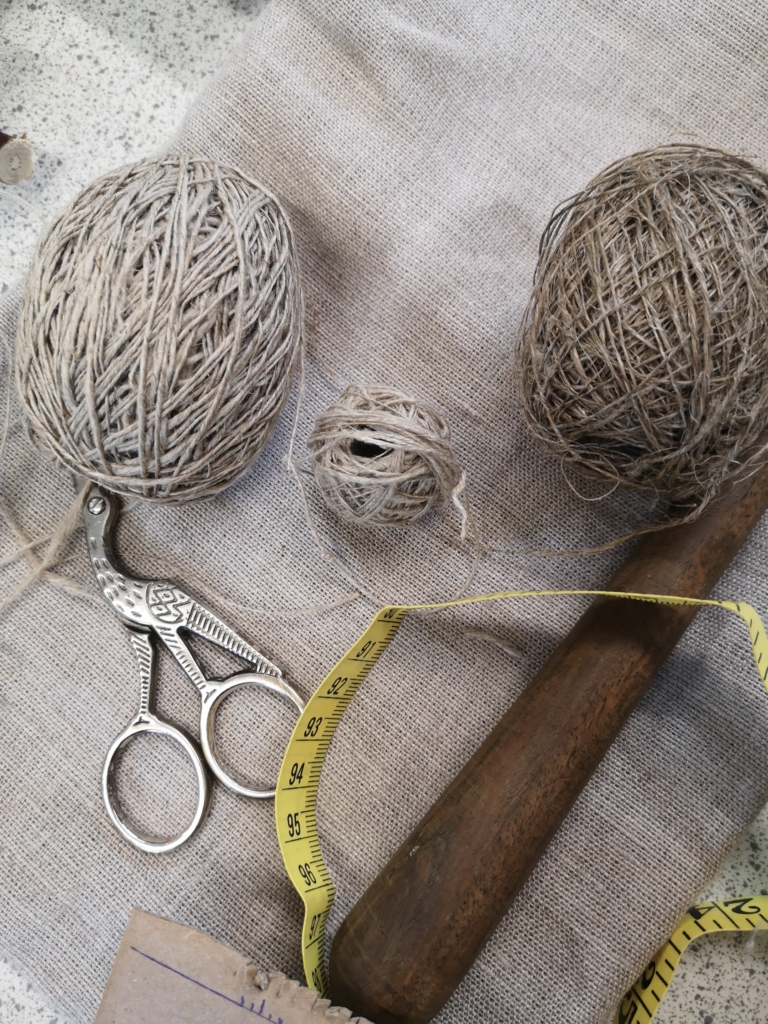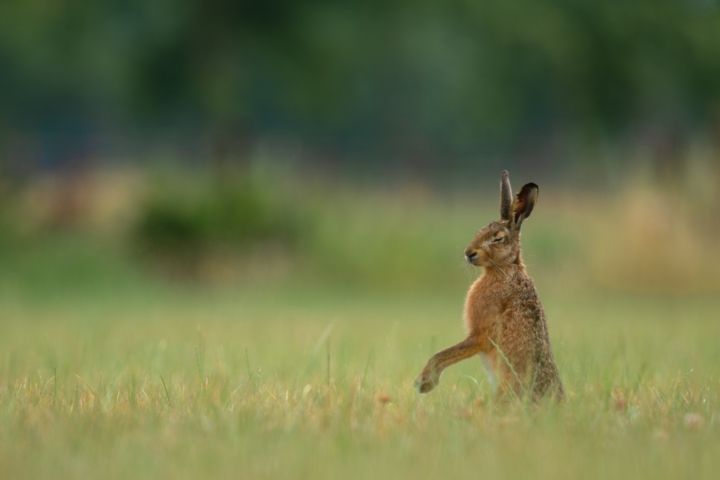The best of the past for the future. I believe we need to regain lost traditional knowledge to live well for the future.
When I started this blog, I never thought of it as relating to my working life. But, as time goes on I’ve found it sneaking in. I’m a cross between an archaeologist and an ecologist, and so I’ve found the phrases ‘ancient knowledge, passed down through generations‘ slipping in. It’s about ways of living off the land, of producing food and working closer with the natural world. It’s about tried and tested ways that we may think are obsolete. Are they obsolete though?
This perspective, for me, now extends beyond the home, although this blog started focused on home crafting, then urban homesteading. But, it makes sense to me to use years of working knowledge to look at the bigger picture.
Why Do We Need Traditional Knowledge?
Traditional knowledge to some people may mean stuffy and conservative. It may even be a rather hackneyed term. But still, many come to this from an interest in personal health, wellness, fitness and crafting instinct. Considering all we hear about plastic pollution, species extinction and soil degredation, it’s no wonder that there’s also a growing desire to tread more lightly on the earth.
These are some of my questions:
- How can we live and eat to stay healthy and well? Can we learn lessons from the past (such as, the past written on our ancestors bones)?
- Ancient and heirloom grains: How can these help you with better nutrition and food intolerance – and benefit the environment? Ancient food found under the ground gives us some clues.
- Nature-based solutions could be the new-old way: For instance, farming ways that feed wildlife, help us to keep producing. What happened to all the cornfield weeds, the birds, the owls, the bats, and why are they important?
- I’m looking at a return to reusable packaging made of locally-produced or foraged natural materials: sacking, canvas, shoddy, wicker, basketry. These textile crafts go hand-in-hand with regeneration and protection of wetlands, osiers and marginal land – habitats that protect us against storms, flooding and soil erosion. Is it possible? Small-scale or not, every little helps
I like to research. I have a wealth of information at my finger tips, so my intention is to research more this year. My reading, and hence books, will stack up. I’ll be raiding my work archives, and spending time in my local county archives office.
Sack Cloth and Ashes

Last year I had episodes of planning and hosting workshops. I had one already planned, and one sequence of workshops that I added to my list.
For all of these, I took a deep dive back into the world of textiles. Along with volunteers and workshop participants, I bashed bundles of flax to release their fibres, combing (heckling or hacking), spinning and weaving. Group effort refined our approach. I learnt from participants, as much as I taught, as these workshops had an experimental feel to them – they were part of a Landscape Partnership project.
It was a satisfying process – all those woody bits of stem flying around in a cloud of dust, out of which fibres emerge. They’re tangled and messy at first, but transform into a silky, floppy bundle. We can transform simple materials with skill: and make very useful goods from fibres that we’ve used for thousands of years.
For some of these workshops I travelled north to the fenlands of North Lincolnshire, where there were once fields of flax and hemp, producing utilitarian fibres that supplied the local sackcloth, canvas, ropemaking and linen industries.
Learning about the qualities that made sackcloth and canvas useful for storing and transporting goods, it’s made me wonder whether despite (or even because of) all our plastic packaging, we could still make place for these goods? It’s something I’m looking in to.
Weeds and Yarn
I’ve been spinning nettle fibres too. It’s strange to think that a weed can produce a yarn that is rather like cotton, its inconsistencies adding to its charm. I came across a little gem of a book Yarn from Wild Nettles: A Practical Guide by Birte Ford – a short book, but one of the many I’ve read this year. I’ve been such a book worm!

Traditional Knowledge and Nature-based Solutions
Lost words
The zero waste community is attracting more people who are getting on board with not wasting stuff, which is really good news. They’re repurposing it, recycling it and generally avoiding buying too much of it. Last year, though, as an Ambassador for Zero Waste Week, I decided to add another strand: zero waste of nature.
I think we’re generally good at thinking about ‘stuff’. But, I wanted to shine a light on nature, wildlife and nature-based solutions. I wrote about this in Lost words, nature-based solutions and climate change. If you’ve ever seen Robert MacFarlane’s book with Jackie Morris’s powerful illustrations, I’m sure you’d agree. We’re suffering from ‘lost words: simple words like conker, blackbird, kingfisher, blackberry that most children knew, and used to be in the Oxford Junior Dictionary.
Somehow, for many of us, nature is elsewhere. And, in the face of what we’re doing in the landscape (simply by producing food, for instance) nature is struggling to hold on. Yet, we depend upon it, more than we may realise.
Traditional knowledge as a solution
Not everyone would agree with assigning economic value to nature, but Tony Juniper describes some impressive ways in which looking after nature pays, in What has nature ever done for us: How money really does grow on trees. As long as assigning a value to nature isn’t misused, it does illustrate for us how seeing the economic value of nature can help. Yet, there is no sense in that book that we shouldn’t appreciate wildlife and nature for it’s own sake.
If nothing else, I believe we all need more nature knowledge. We’d spot nature-based solutions, before anyone has even described them as such. We’d also spot that these solutions often go hand-in-hand with traditional knowledge. With people, too, who work with nature, and with the land. For instance, without even trying they’re often creating carbon-storing soils. Even if we live in the city, we can support their efforts by what we buy and what we campaign for.
All in all, my website has seen some changes, and a name change!

